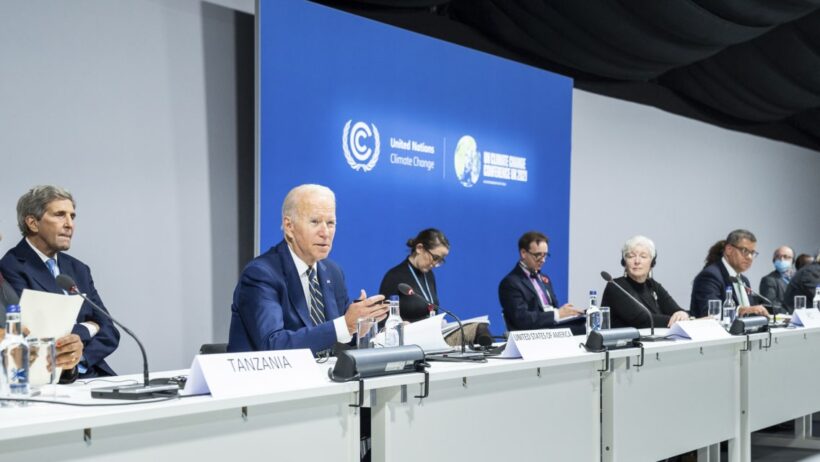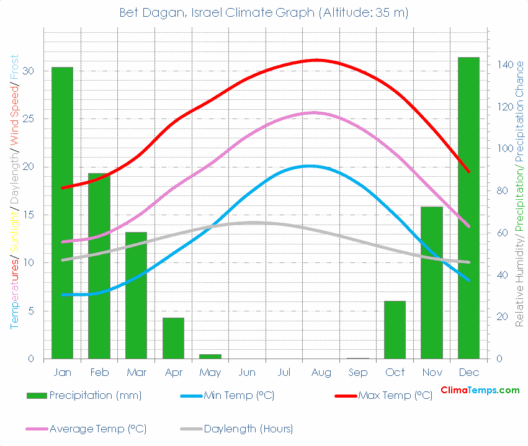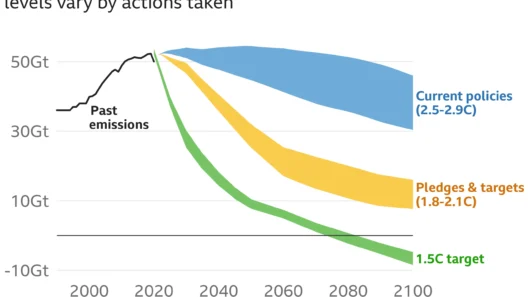In the arena of climate politics, a tantalizing question emerges: Are politicians genuinely taking action against global warming, or are they merely indulging in rhetoric that placates yet achieves little? This inquiry serves as a gateway to a broader discussion about the efficacy of political measures in combating climate change and the palpable disconnect between promises and practices.
To delve into this quandary, one must first understand the magnitude of the challenge posed by global warming. Scientific consensus unequivocally indicates that human activities—predominantly carbon emissions from fossil fuels, deforestation, and industrial processes—are accelerating climate change at an alarming rate. The implications of inaction are dire: rising sea levels, extreme weather events, biodiversity loss, and threats to food security, to name a few. In the face of such overwhelming evidence, one might expect a swifter, more robust response from those in power.
Yet, the alarming truth reveals a paradox. Politicians worldwide make ambitious pledges to reduce carbon footprints, invest in renewable energy, and transition to sustainable practices. High-profile summits, such as the Paris Agreement, showcase nations committing to limiting global temperature rise. However, translating these agreements into substantive policy proves to be a Herculean task, marred by political divisions, economic constraints, and vested interests.
For instance, consider the substantial disparity between pledges made in international forums and the actual policies enforced domestically. Many governments still rely heavily on fossil fuel subsidies, undermining their commitments to curb emissions. Furthermore, some politicians engage in what has aptly been termed “climate hypocrisy,” where publicly, they tout green initiatives, yet behind the scenes, they maintain affiliations with polluting industries. This creates an environment rife with mistrust among constituents who are increasingly aware of the climate crisis.
Another essential factor contributing to this inertia is the complexity of environmental policy. The interplay of economic, environmental, and social considerations often leads to policy gridlock. Politicians grapple with the daunting task of addressing climate change while simultaneously catering to economic growth and job creation. The fear of economic downturns associated with swift transitions away from fossil fuels can stymie political resolve. This scenario raises a challenging question: How can politicians cultivate a sustainable economy without compromising immediate job security for their constituents?
Moreover, climate change is an intrinsically multifaceted issue that does not lend itself to simplistic solutions. It demands a cohesive, systemic approach that integrates ecological, social, and economic dimensions. Yet, many political leaders opt for quick fixes or temporary measures in the form of carbon tax incentives or subsidies for clean energy technologies. While these initiatives are certainly steps in the right direction, they often lack the transformative breadth needed to address the root causes of climate change comprehensively.
Additionally, the influence of lobbying and special interest groups cannot be understated. Corporations heavily invested in fossil fuels exert tremendous pressure on political landscapes, often derailing progressive legislation aimed at combating climate change. This leads to a scenario that begs the question: To what extent are politicians genuinely accountable to their constituents versus the interests of powerful industries? The balance between corporate influence and public good remains precariously tilted toward profit, jeopardizing genuine climate action.
Furthermore, public awareness and activism play pivotal roles in shaping political responses to global warming. Grassroots movements have gained momentum, exemplified by youth-led initiatives like Fridays for Future, spearheaded by figures like Greta Thunberg. When citizens demand accountability from their leaders, the pressure mounts for politicians to respond. Nonetheless, while activism can catalyze change, it must be harnessed effectively to ensure that it translates into impactful policy reforms. This pursuit leads to another poignant question: Can sustained activism and public pressure compel politicians to transition from mere talk to tangible action?
Despite the myriad of challenges, glimmers of progress do exist. Some countries have realized remarkable success in transitioning to renewable energy, exemplifying that ambitious climate policies can indeed yield positive outcomes. Nations like Denmark and Sweden showcase the feasibility of reducing carbon emissions while fostering economic growth. Such examples provide blueprints for others, suggesting that a paradigm shift is possible if the political will is harnessed collectively.
In conclusion, the query of whether politicians are doing enough about global warming—or simply engaging in performative dialogue—remains intricately nuanced. While rhetoric and inaction still dominate in many political arenas, the awakening of public consciousness and the unwavering spirit of activism signal a potential turning tide. It is increasingly evident that the path to effective climate action hinges not solely upon the promises made by those in power, but rather on the emergent collaboration between policymakers and an informed, engaged citizenry. The future of our planet rests in the delicate balance of action and accountability, demanding that both politicians and the public rise to the occasion with unwavering resolve and insightful innovation.







